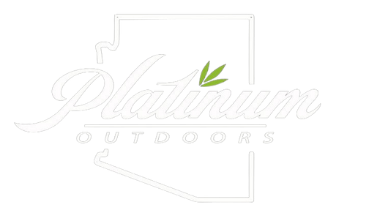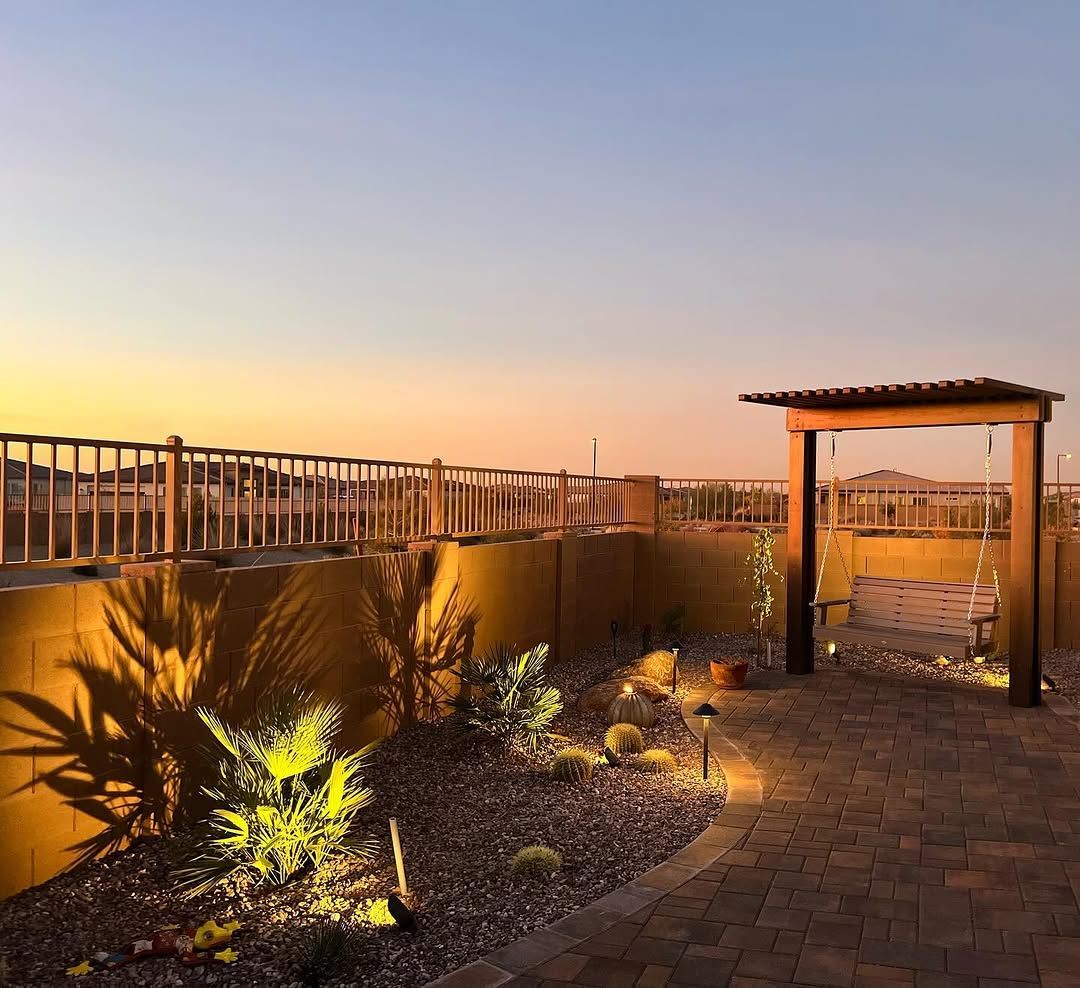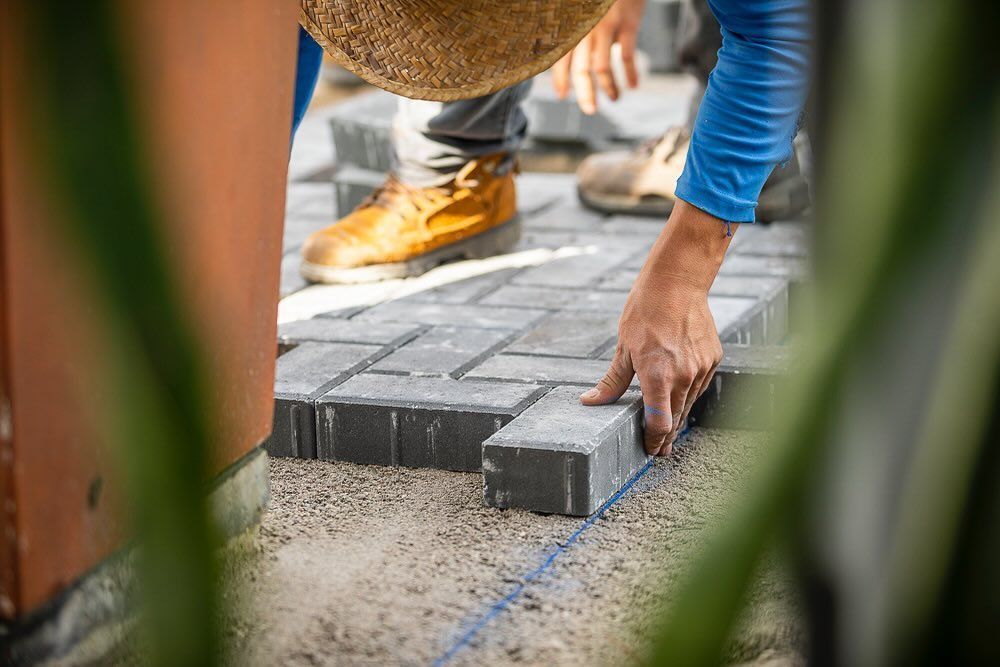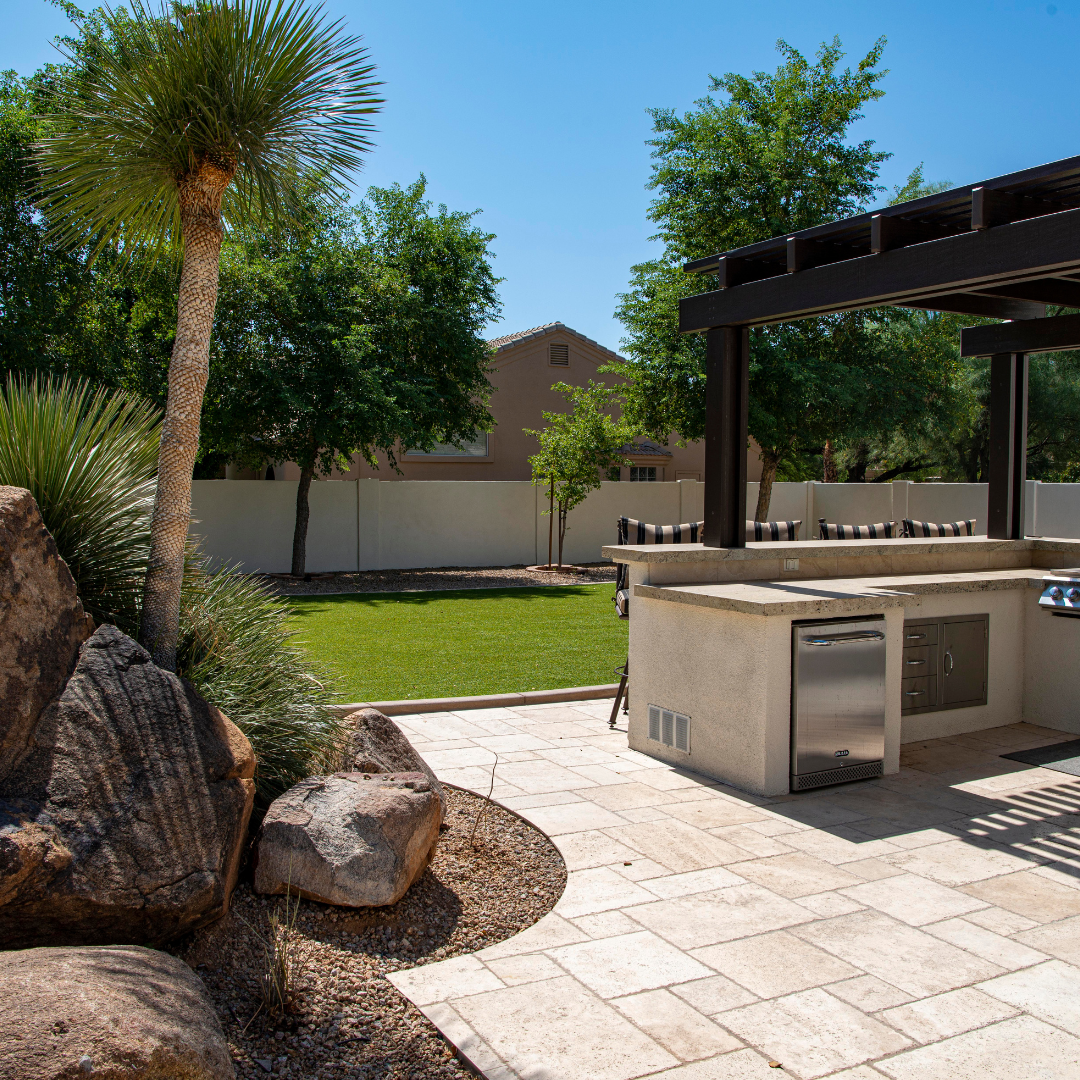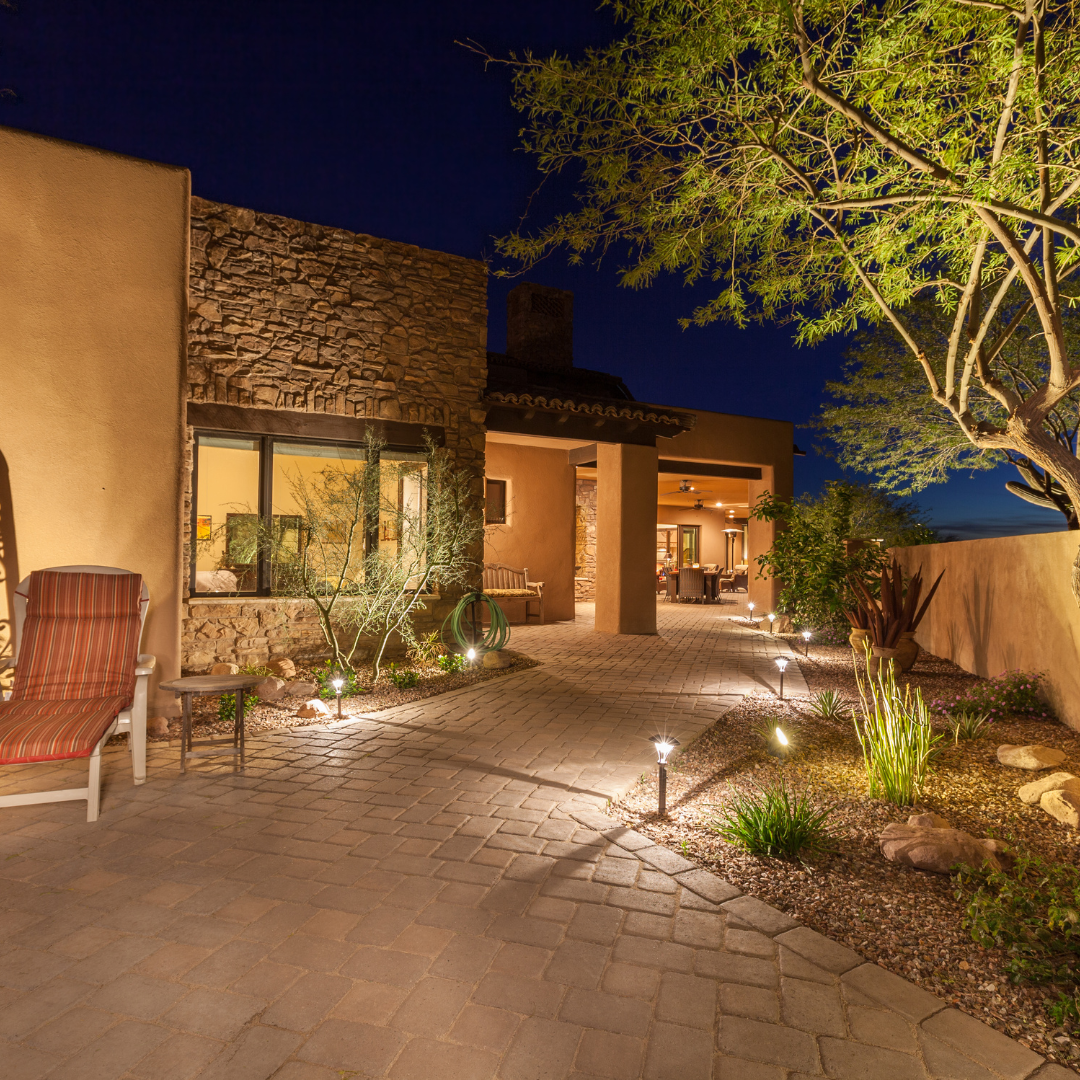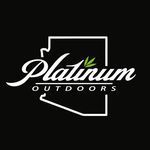How To Prepare Your Yard For Artificial Turf Installation
To prepare your yard for artificial turf installation, start by clearing the area of any existing grass, weeds, and debris. Level the ground and ensure proper drainage by adding a layer of crushed stone or gravel. Compact the base layer to create a stable foundation, then install a weed barrier to prevent future growth. Finally, roll out and secure the artificial turf, making sure it fits properly and is evenly stretched.
Installing artificial turf is an excellent way to create a lush, green lawn that requires minimal maintenance. Preparing your yard correctly is crucial to ensuring the longevity and aesthetic appeal of your artificial turf. Follow this comprehensive guide to get your yard ready for artificial turf installation with the expertise of Platinum Outdoors AZ.
Key Takeaways:
- Remove existing grass, weeds, and debris.
- Ensure proper soil compaction and surface leveling.
- Install a stable base layer with appropriate sub-base materials.
- Apply weed prevention measures.
- Finish with border installation and secure the turf correctly.
Key Steps to Prepare Your Yard for Artificial Turf Installation
Removal of Existing Grass and Debris
- Remove Existing Vegetation: Use a shovel or spade to remove any grass, weeds, and debris from the area where you plan to install the artificial turf. Dig down 2-4 inches to remove all roots and organic material that could cause unevenness over time.
- Excavation: Transport the excavated soil and materials using a wheelbarrow to keep the area clean and manageable.
Grading and Leveling
- Compact the Soil: Use a plate compactor or tamper to create a stable base. This step is crucial to prevent future settling that could lead to an uneven surface.
- Level the Surface: Use a spirit level to check the evenness of the surface. Make any necessary adjustments to ensure a flat and smooth base.
- Ensure Proper Drainage: Grade the area to facilitate proper drainage. In some cases, you may need to install additional drainage solutions.
Installing the Base Layer
- Sub-Base Materials: Add a 2-3 inch layer of sub-base materials like crushed stone or decomposed granite. This layer helps with drainage and provides a solid foundation.
- Spread and Compact: Use a landscape rake to spread the material evenly. Compact the sub-base using the plate compactor or tamper for a smooth, level surface.
- Additional Support for Heavy Traffic Areas: For areas that will see heavy foot traffic, consider using geotextile permeable pavers for added stability.
Weed Prevention
- Weed Killer Application: Apply a weed killer to the surface to prevent future weed growth.
- Weed Barrier Fabric: Place a weed barrier fabric over the base layer before installing the artificial turf. This step ensures that weeds won't disrupt the smooth surface of your turf.
Finishing Touches
- Border Installation: Install a border material like paver edging or bender board around the perimeter. This helps keep the turf in place and gives a clean edge to the installation.
- Trim and Secure the Turf: Trim the artificial turf to the appropriate size using a utility knife. Secure the turf with landscaping stakes or adhesive according to the manufacturer's instructions.
Proper ground preparation is crucial for a smooth, even, and long-lasting artificial turf installation. Take your time during excavation, leveling, and base installation to ensure the best possible results with Platinum Outdoors AZ.
Benefits of Installing Artificial Turf
Artificial turf offers numerous benefits beyond its attractive appearance. It requires minimal maintenance, making it ideal for busy homeowners or those looking to reduce their environmental footprint. Artificial turf doesn't need watering, mowing, or fertilizing, which saves time and money. Additionally, it provides a consistent, lush look year-round, regardless of weather conditions. It's also durable, designed to withstand heavy foot traffic, and is pet-friendly, withstanding the wear and tear from pets playing on it. Furthermore, installing artificial turf can increase the value of your property, offering a visually appealing and functional outdoor space.
Key Benefits:
- Minimal maintenance: No watering, mowing, or fertilizing needed.
- Cost-effective: Saves time and money on lawn care.
- Year-round lush look: Consistent appearance in all seasons.
- Durability: Withstands heavy foot traffic and pet activities.
- Property value: Enhances curb appeal and property value.
Common Mistakes to Avoid During Artificial Turf Installation
Installing artificial turf can be a straightforward process, but common mistakes can lead to unsatisfactory results. One major mistake is improper ground preparation, which can cause the turf to become uneven and affect drainage. Skipping the weed barrier can lead to unwanted growth that disrupts the turf surface. Not securing the edges properly can cause the turf to lift over time. Another common error is using the wrong type of infill, which can affect the turf's appearance and durability. Lastly, neglecting to properly maintain the turf post-installation can shorten its lifespan and affect its aesthetics.
Common Mistakes:
- Improper ground preparation: Leads to uneven turf and poor drainage.
- Skipping weed barrier: Allows weeds to grow and disrupt the turf.
- Not securing edges: Causes turf to lift and become loose.
- Wrong type of infill: Affects appearance and durability.
- Neglecting maintenance: Shortens lifespan and impacts aesthetics.
How to Maintain Your Artificial Turf for Longevity
Maintaining artificial turf is relatively easy but requires some regular care to ensure it remains in top condition. Regularly remove debris, such as leaves and twigs, to prevent them from breaking down and affecting the turf's appearance. Brush the turf periodically to keep the blades upright and looking natural. Rinse the turf occasionally to remove dust and pet waste, using a mild detergent for tougher stains. Check for any signs of damage or wear, and address them promptly to prevent further issues. Following these maintenance steps will ensure your artificial turf looks great and lasts for many years.
Maintenance Tips:
- Remove debris: Regularly clear leaves and twigs.
- Brush turf: Keep blades upright and natural-looking.
- Rinse regularly: Remove dust and pet waste.
- Use mild detergent: Clean tougher stains.
- Inspect regularly: Address damage or wear promptly.
The Environmental Impact of Artificial Turf
Artificial turf offers several environmental benefits compared to natural grass. It eliminates the need for watering, reducing water usage significantly. Without the need for fertilizers or pesticides, it also reduces chemical runoff that can harm local ecosystems. Artificial turf doesn't require mowing, which reduces emissions from lawn equipment. Additionally, many artificial turfs are made from recycled materials, and old turf can often be recycled, contributing to a circular economy. While it does have some environmental impact during production and installation, the long-term benefits often outweigh these initial effects.
Environmental Benefits:
- Water conservation: No watering needed.
- Reduced chemical runoff: No fertilizers or pesticides.
- Lower emissions: No mowing required.
- Recycled materials: Many turfs are made from recycled products.
- Circular economy: Old turf can be recycled.
Choosing the Right Artificial Turf for Your Yard
Selecting the right artificial turf involves considering several factors to ensure it meets your needs. Look for high-quality materials that offer durability and a natural appearance. Consider the pile height and density, as these factors affect the turf's look and feel. UV resistance is important to prevent fading and degradation from sun exposure. If you have pets, choose turf designed to handle pet waste and activity. Drainage capability is also crucial to prevent water pooling. Lastly, review the warranty and installation guidelines to ensure you're investing in a product that offers long-term satisfaction.
Selection Tips:
- High-quality materials: Ensure durability and natural look.
- Pile height and density: Affect appearance and feel.
- UV resistance: Prevents fading and degradation.
- Pet-friendly: Suitable for handling pet waste and activity.
- Drainage capability: Prevents water pooling.
- Warranty and guidelines: Ensure long-term satisfaction.
FAQs
How long does artificial turf last?
High-quality artificial turf can last 15-20 years with proper maintenance.
Can I install artificial turf myself?
Yes, but professional installation ensures better results and longevity.
Is artificial turf safe for pets and children?
Absolutely, many artificial turfs are designed to be pet and child-friendly.
Does artificial turf get hot?
It can get warmer than natural grass, but some types are designed to stay cooler.
How do I clean artificial turf?
Regular brushing, rinsing with water, and removing debris will keep it clean.
Transform Your Yard with Platinum Outdoors AZ
Preparing your yard for artificial turf installation is a meticulous process, but the results are worth it. By following these steps, you ensure a beautiful, long-lasting artificial lawn that enhances your outdoor space.
Contact us now to schedule your free consultation and take the first step towards your dream yard. Trust Platinum Outdoors AZ for all your landscaping needs.
